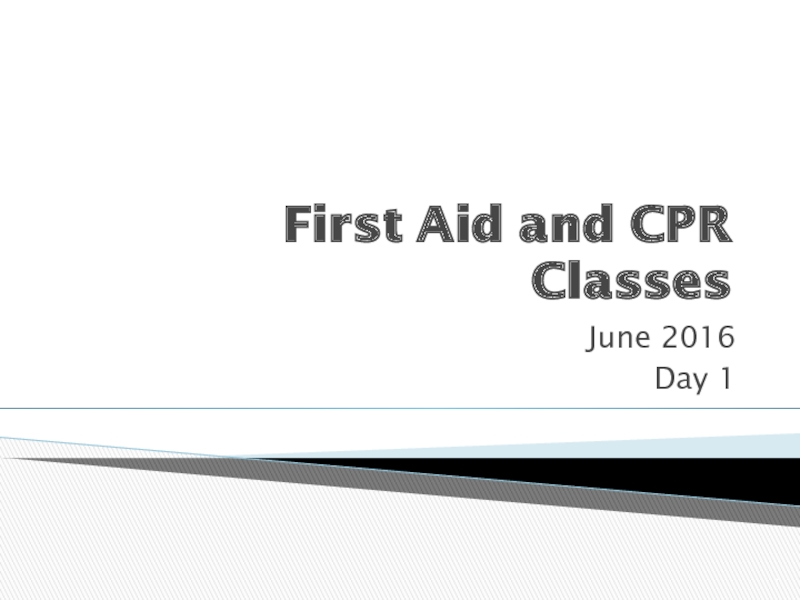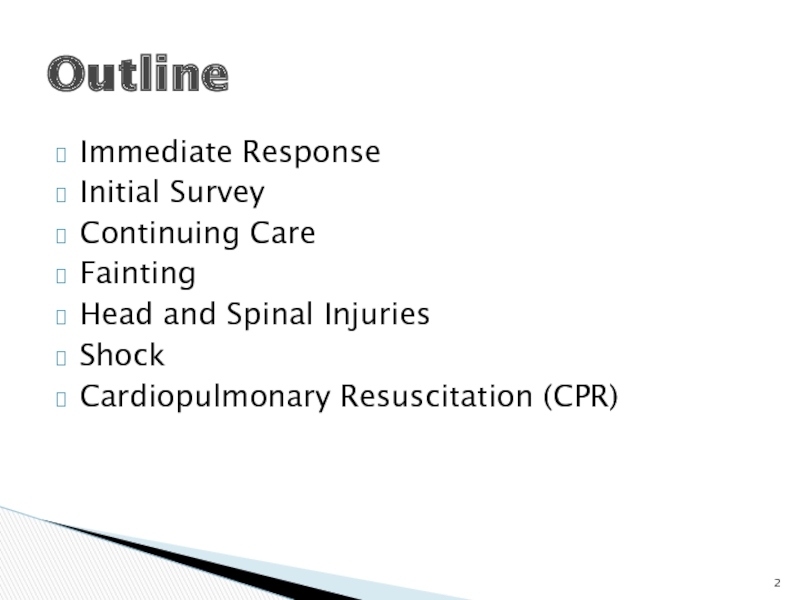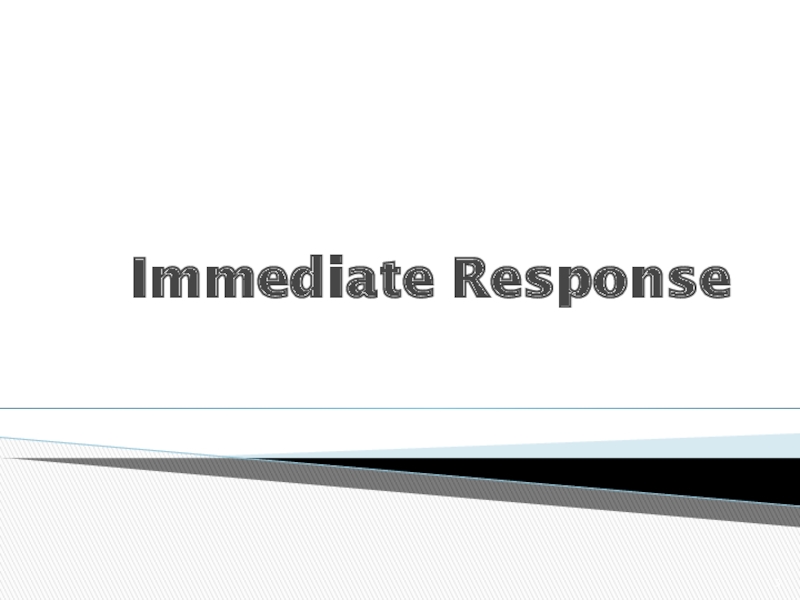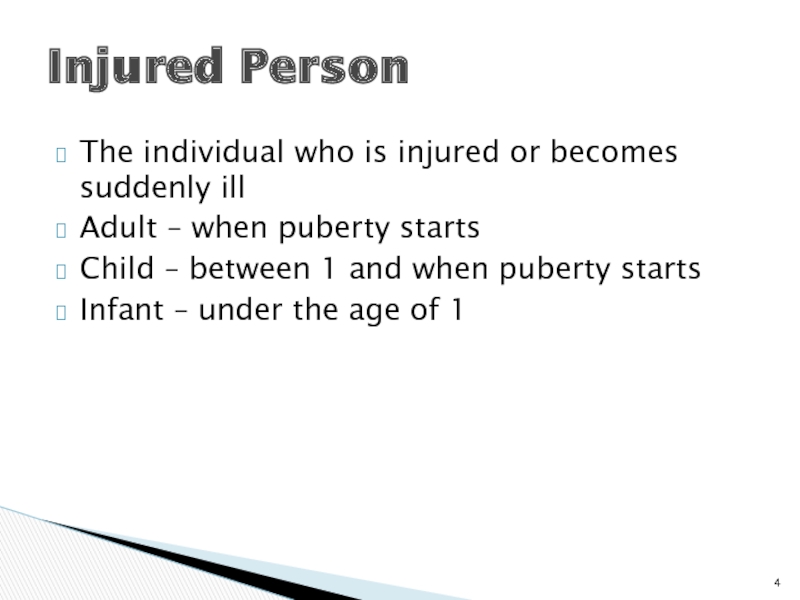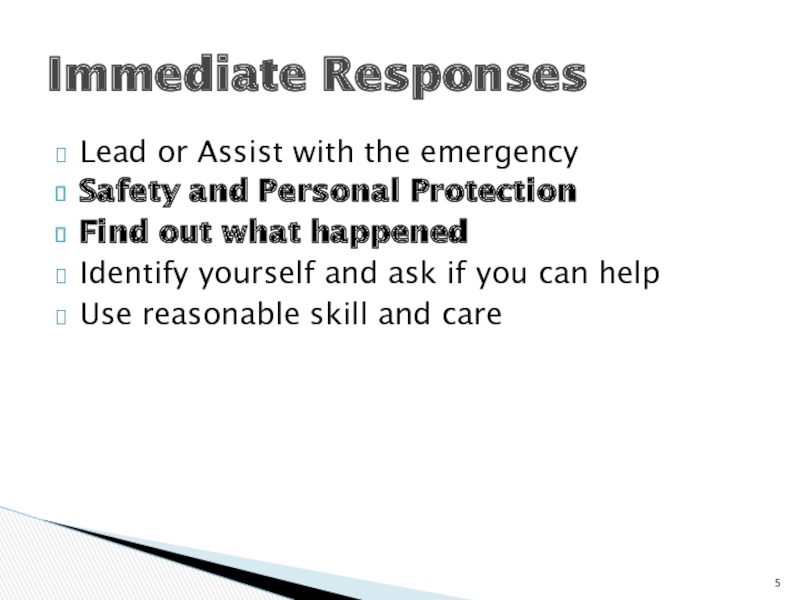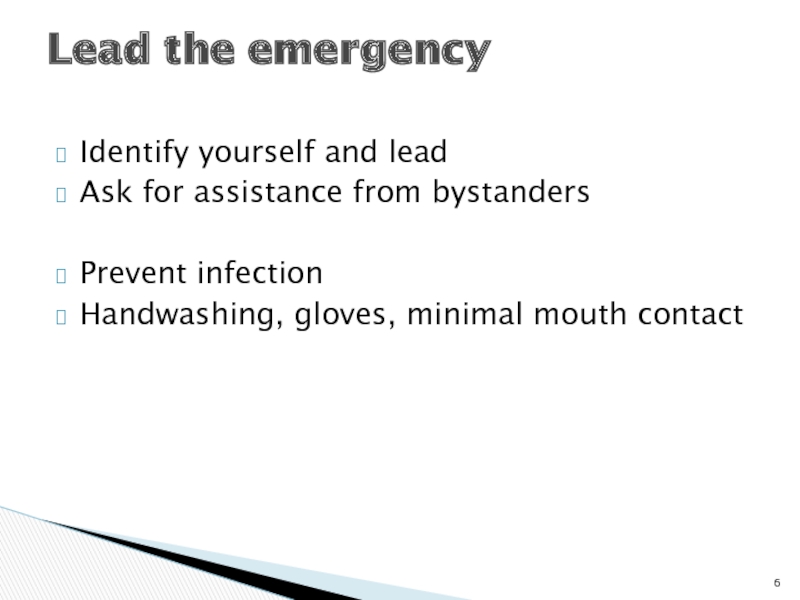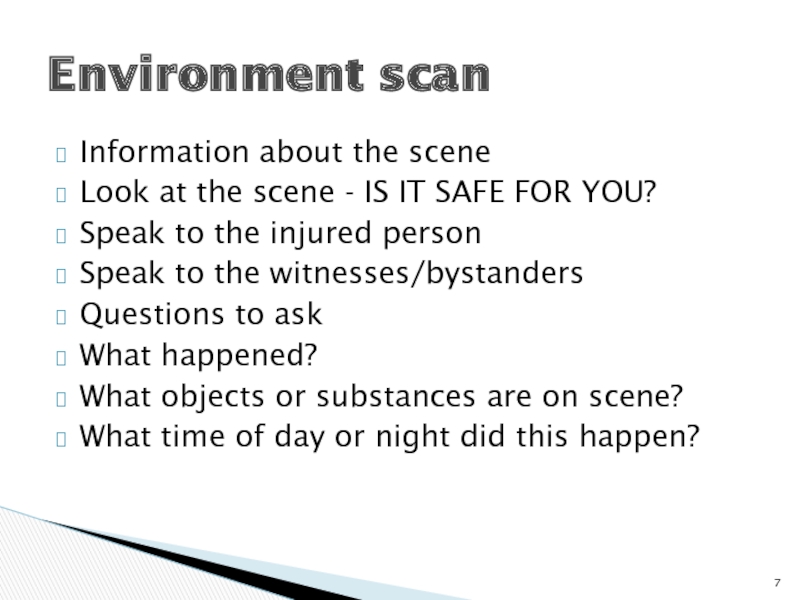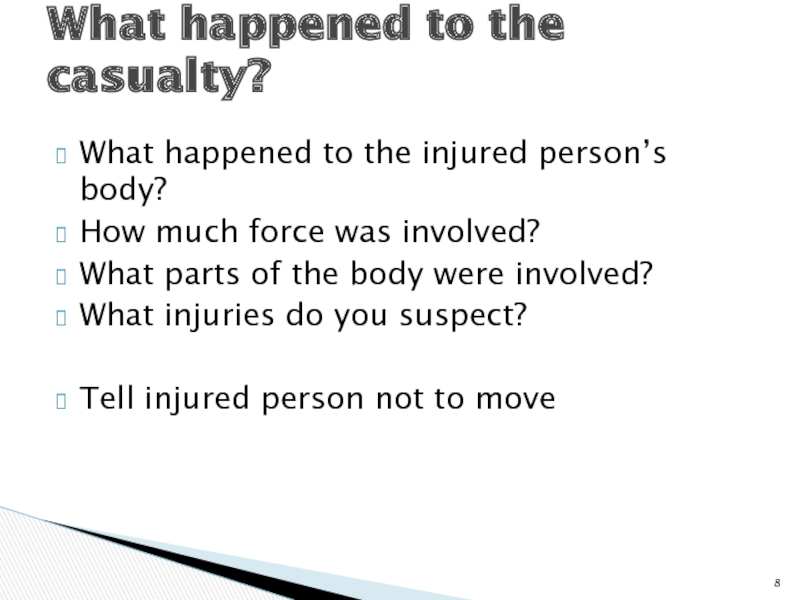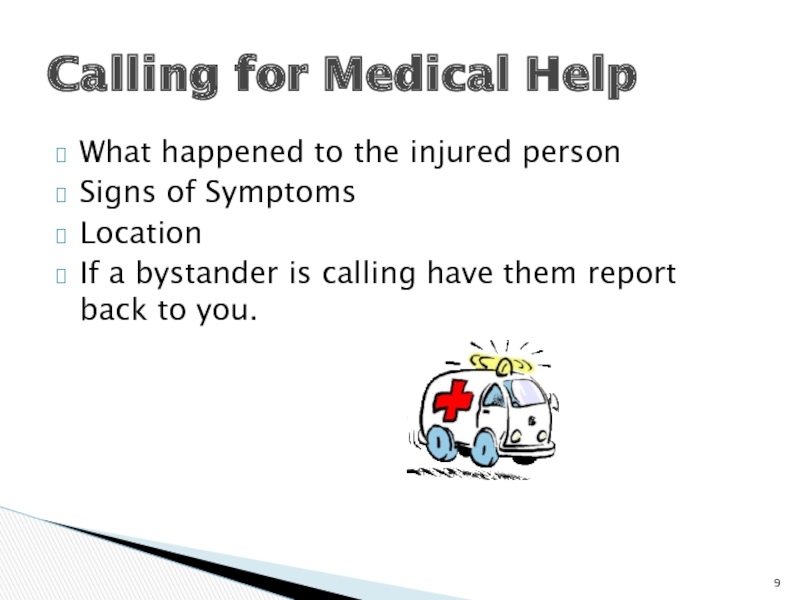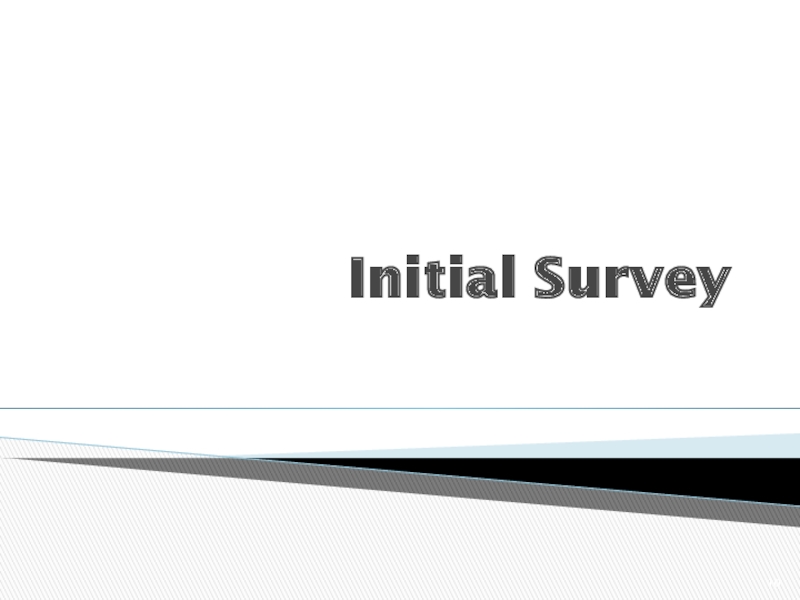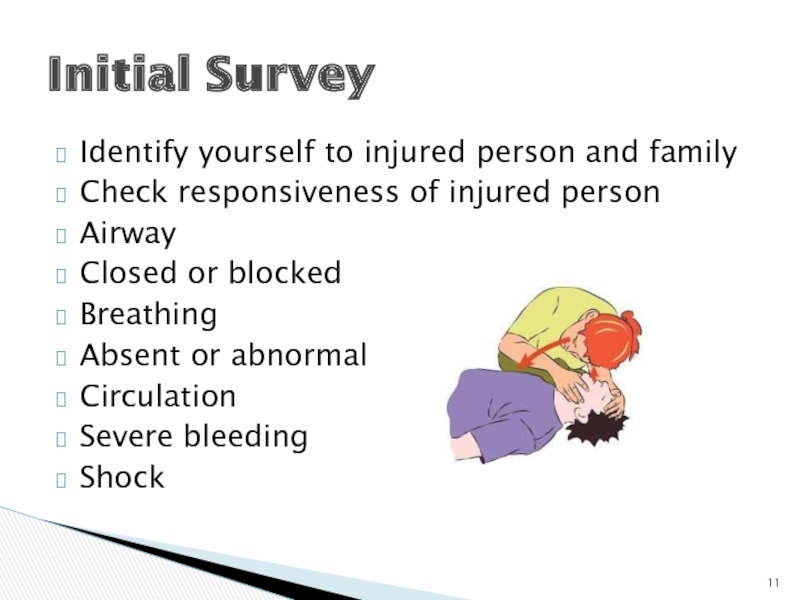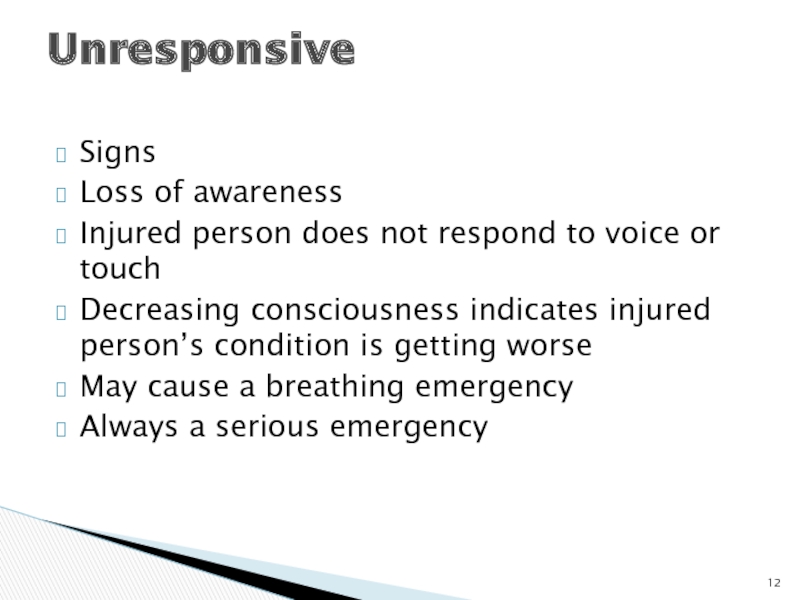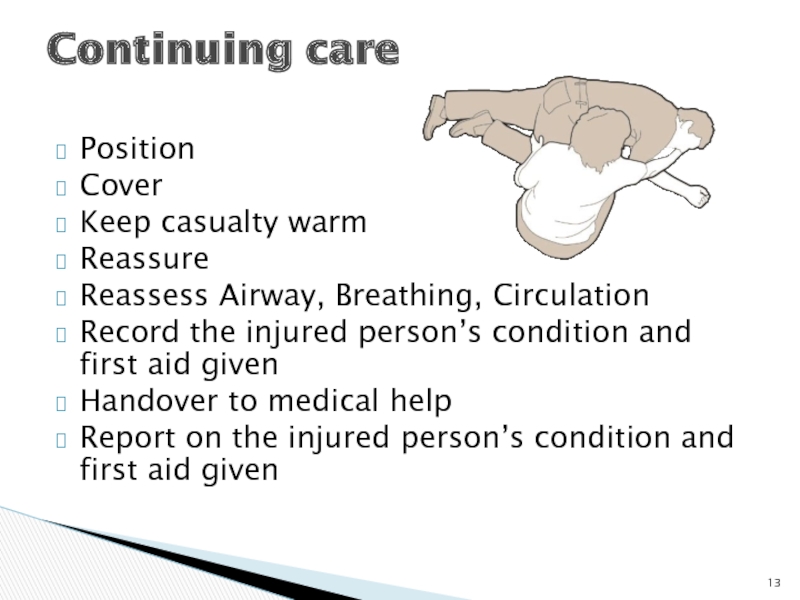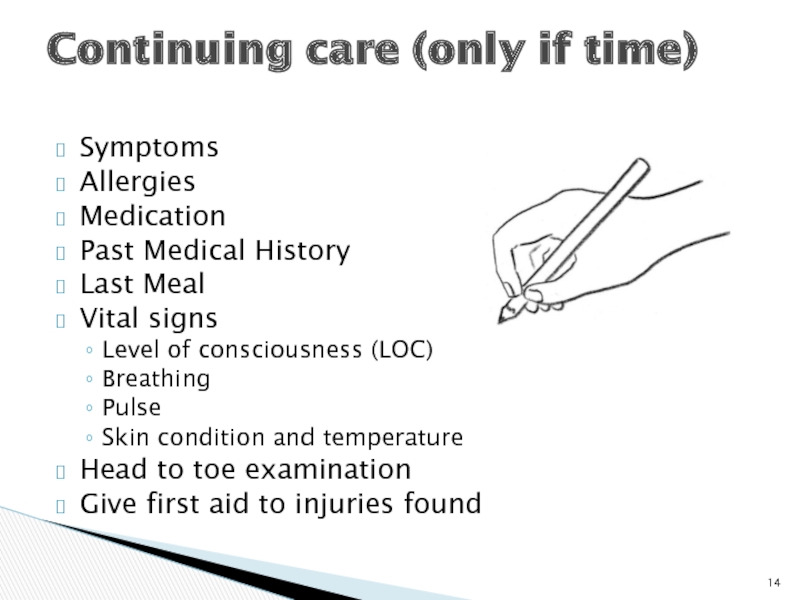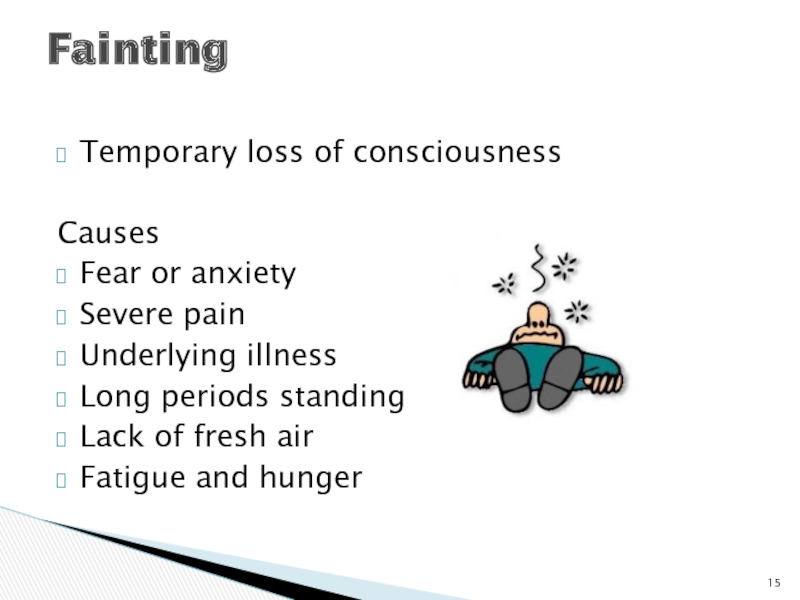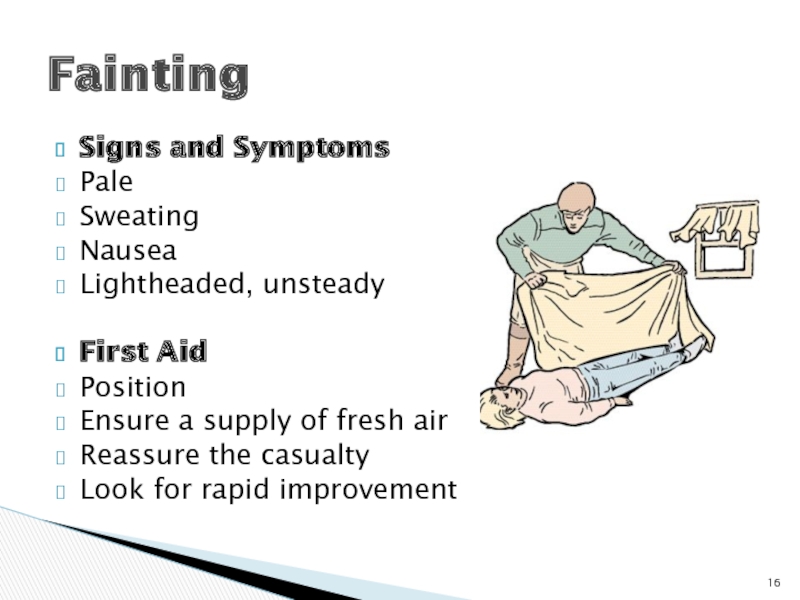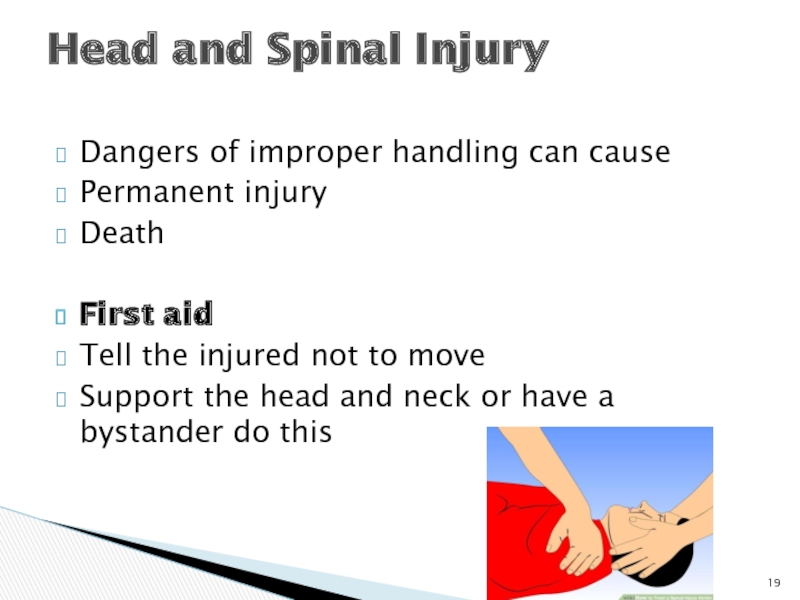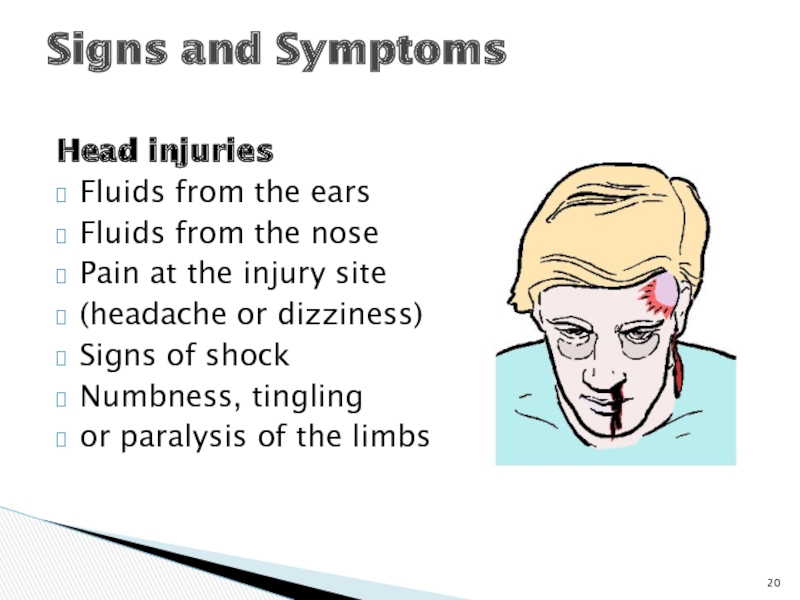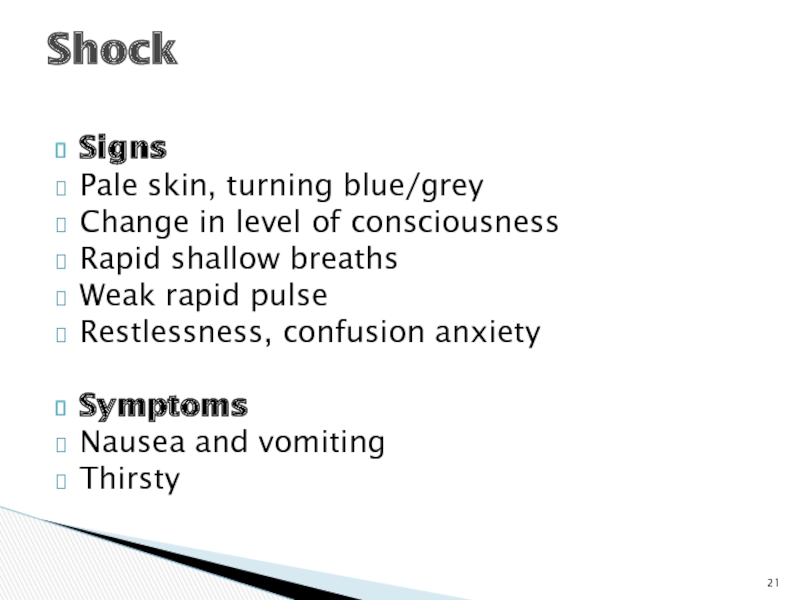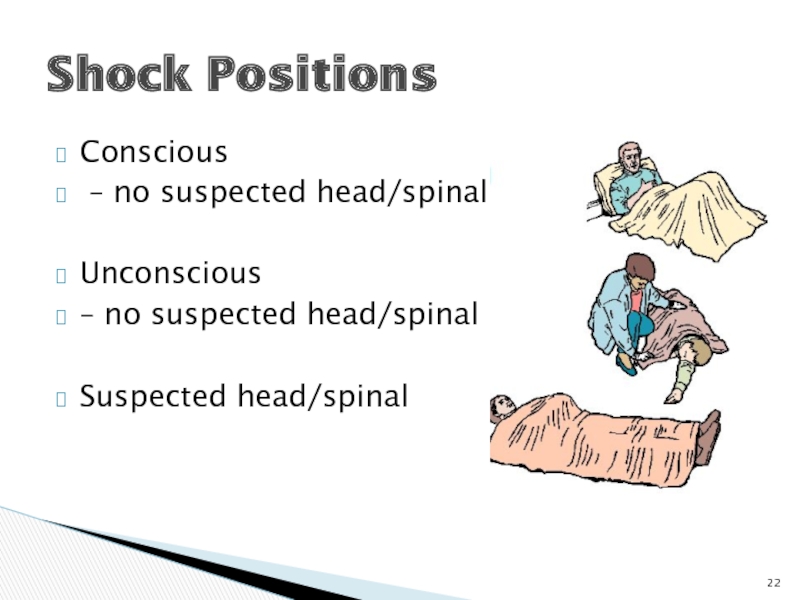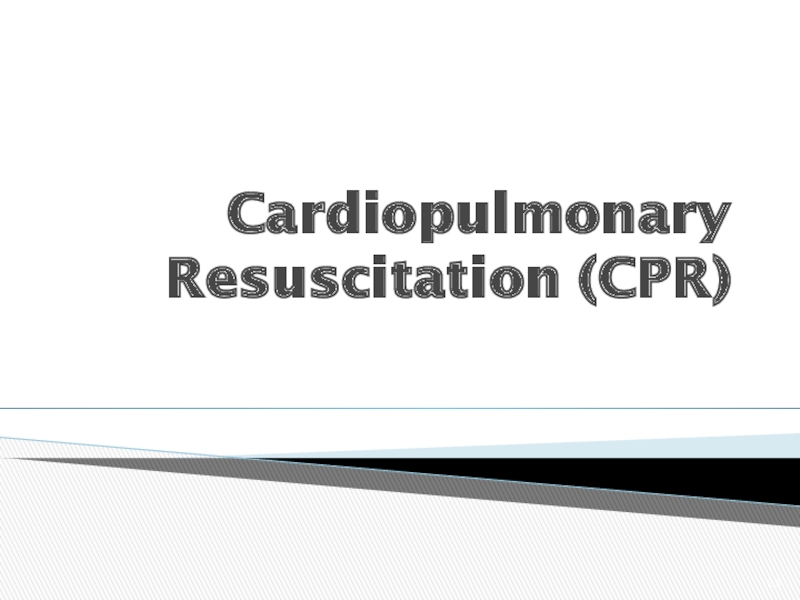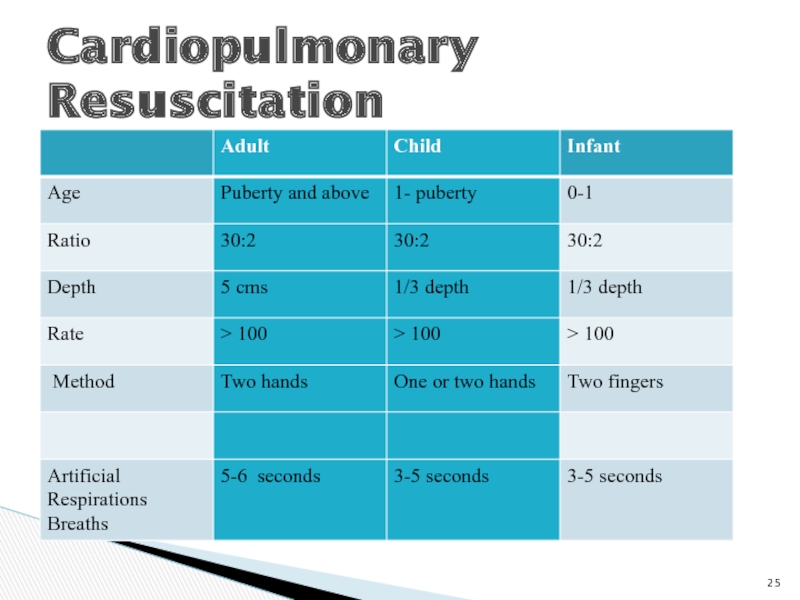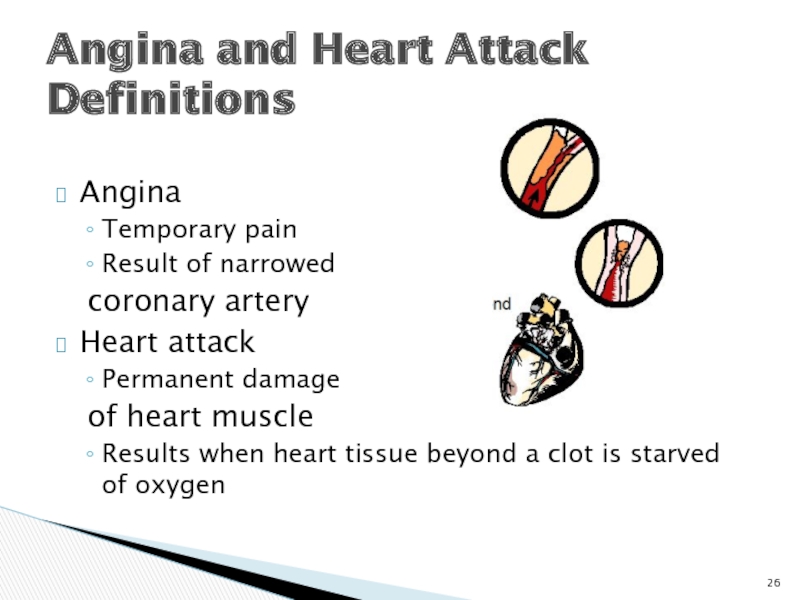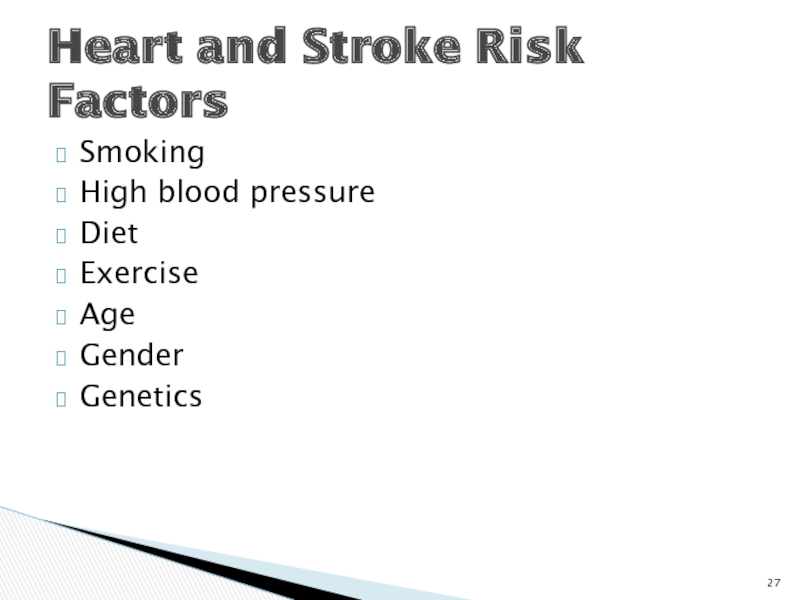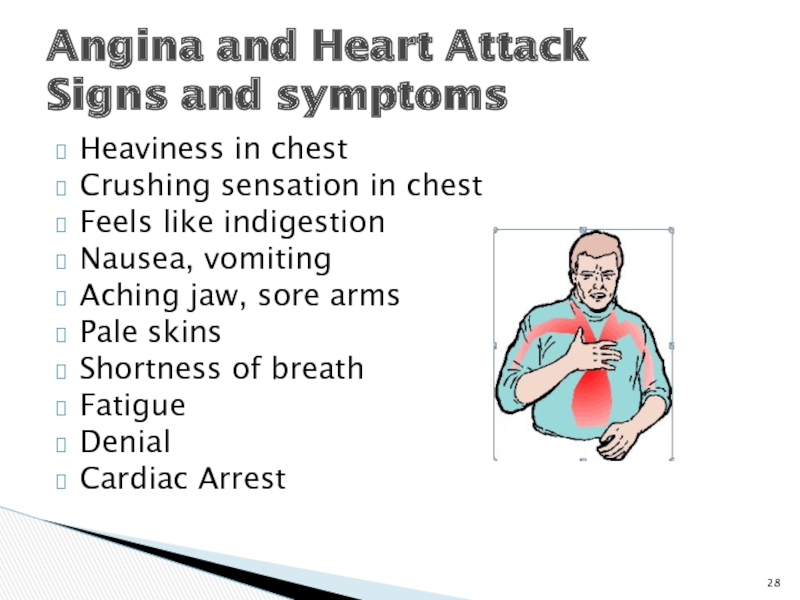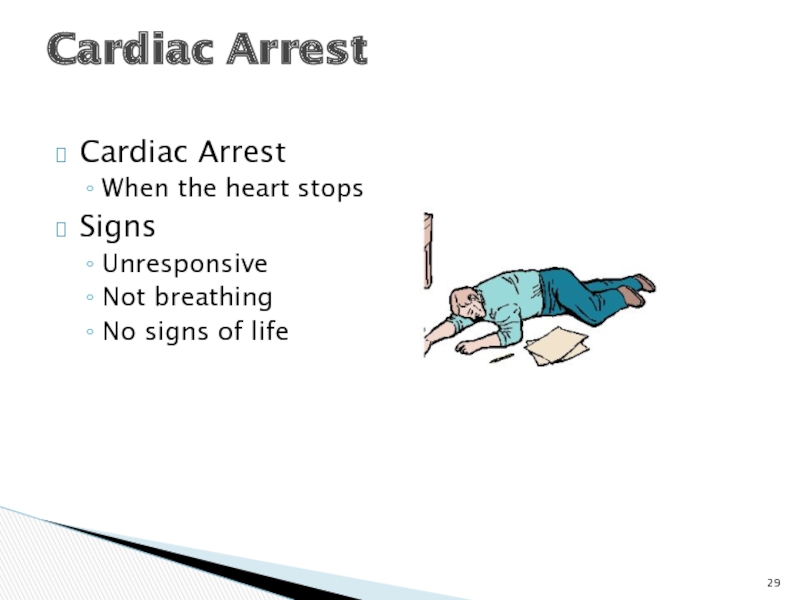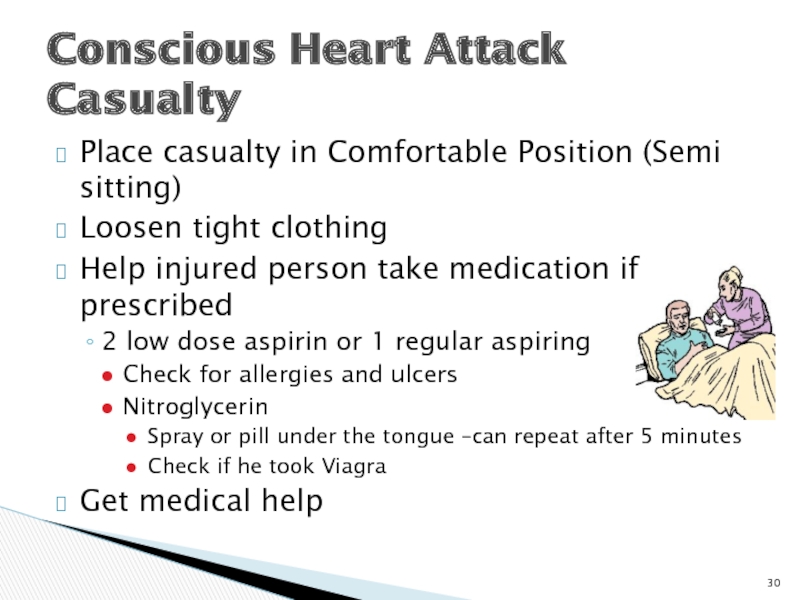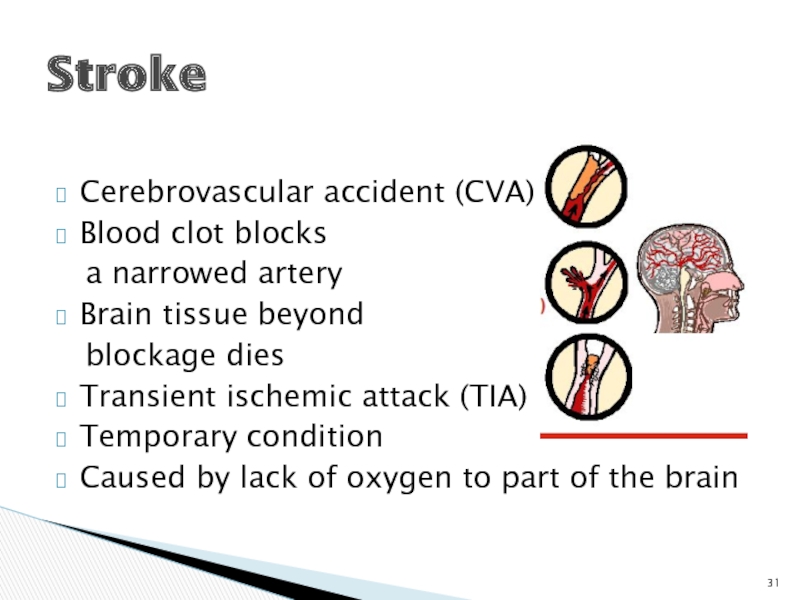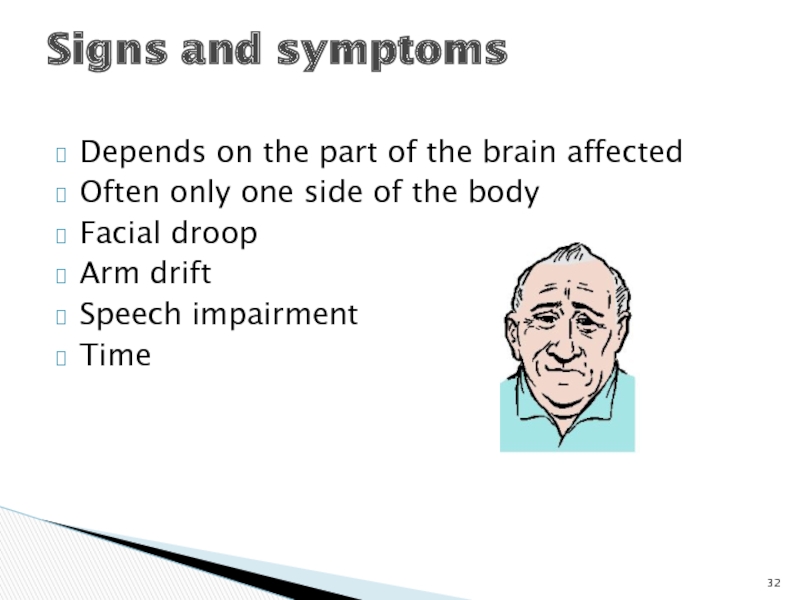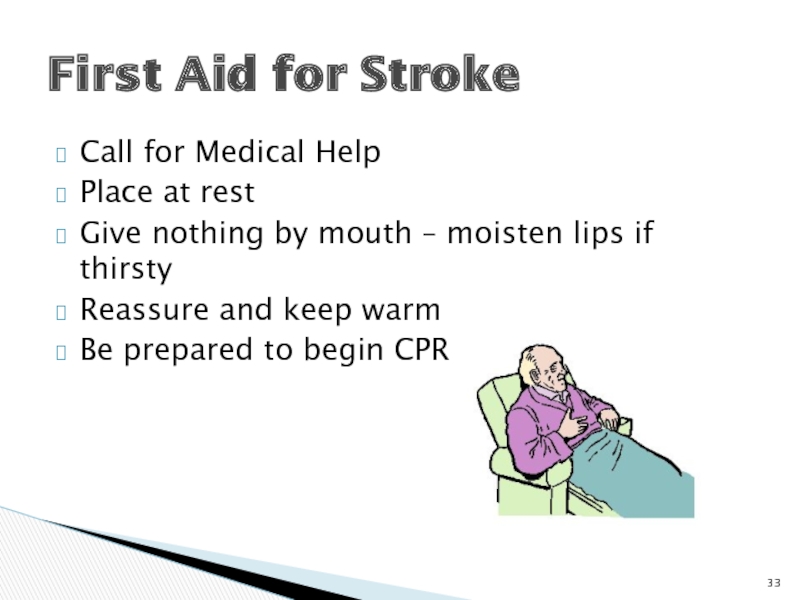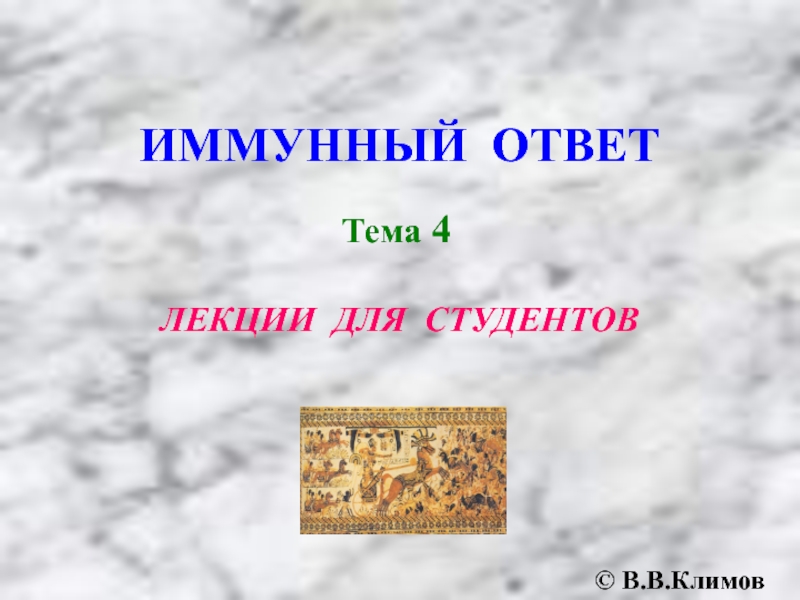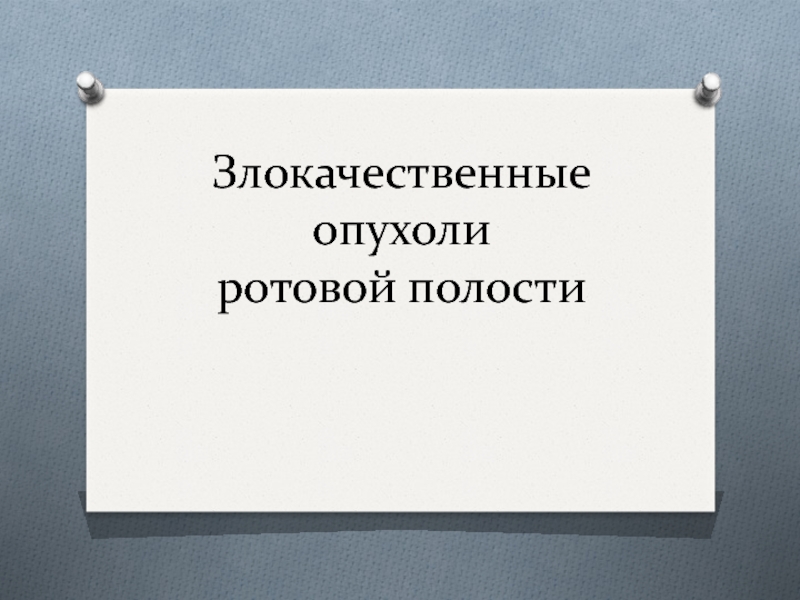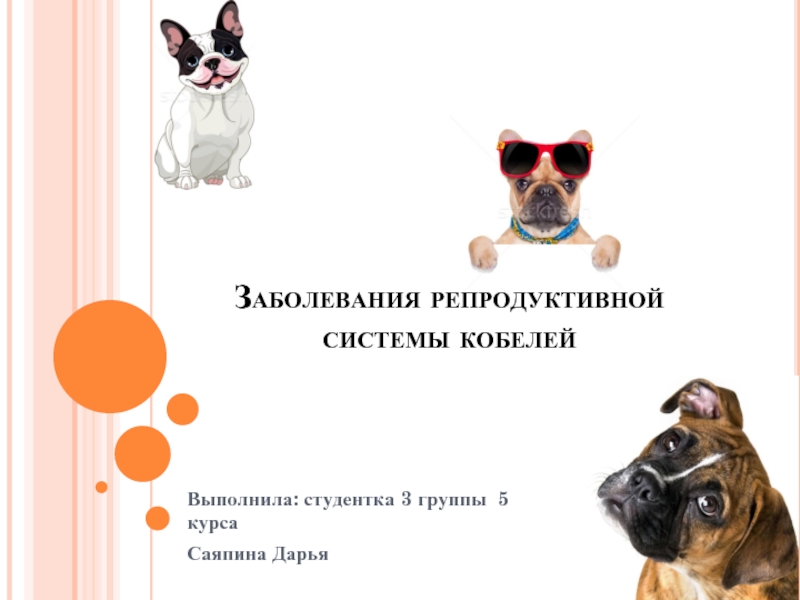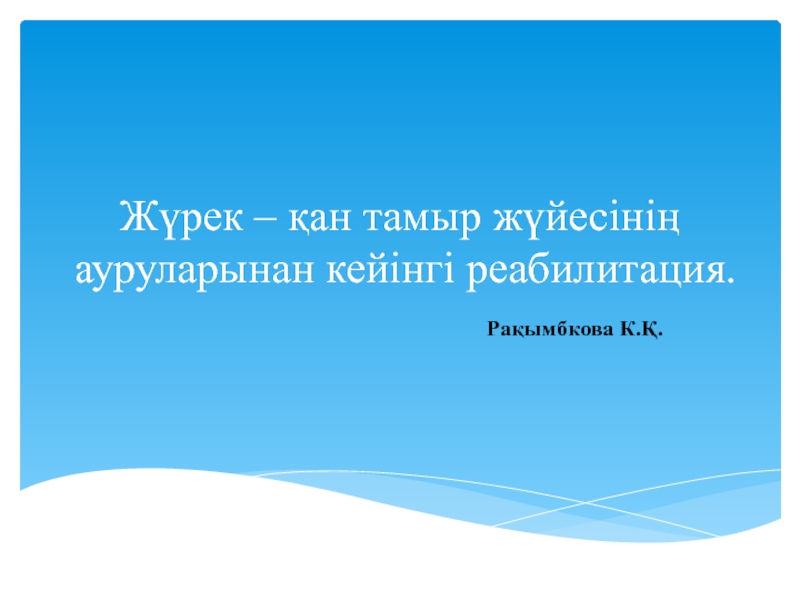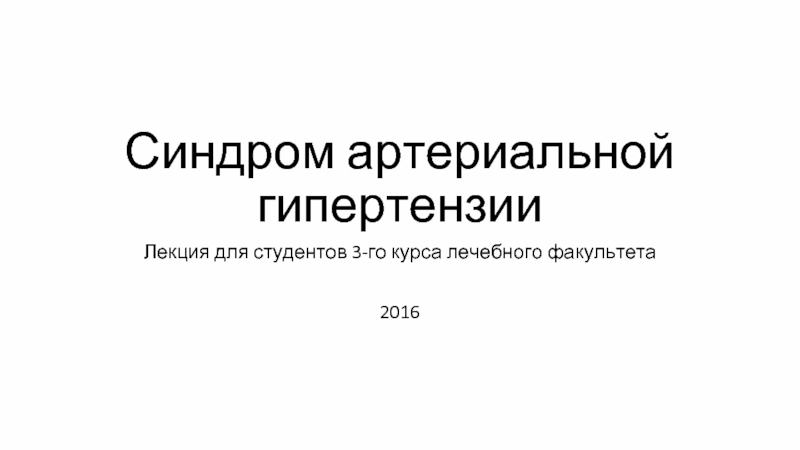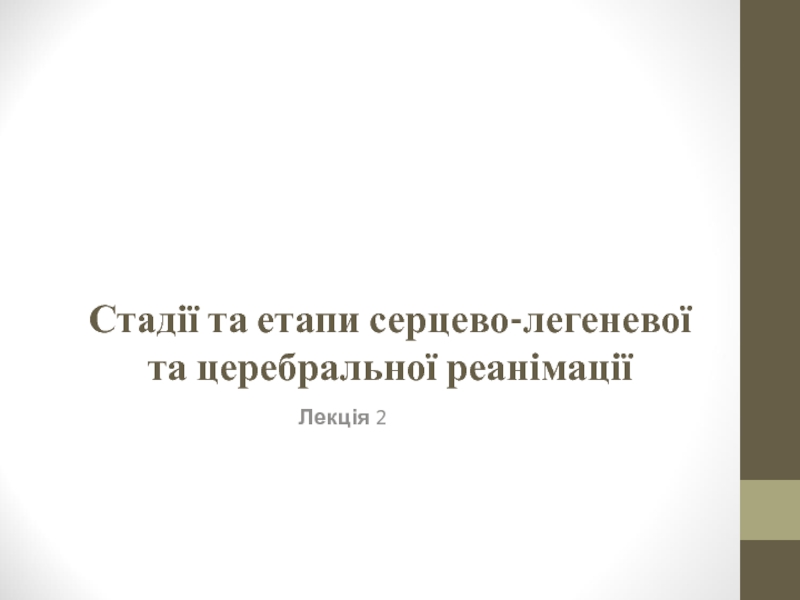- Главная
- Разное
- Дизайн
- Бизнес и предпринимательство
- Аналитика
- Образование
- Развлечения
- Красота и здоровье
- Финансы
- Государство
- Путешествия
- Спорт
- Недвижимость
- Армия
- Графика
- Культурология
- Еда и кулинария
- Лингвистика
- Английский язык
- Астрономия
- Алгебра
- Биология
- География
- Детские презентации
- Информатика
- История
- Литература
- Маркетинг
- Математика
- Медицина
- Менеджмент
- Музыка
- МХК
- Немецкий язык
- ОБЖ
- Обществознание
- Окружающий мир
- Педагогика
- Русский язык
- Технология
- Физика
- Философия
- Химия
- Шаблоны, картинки для презентаций
- Экология
- Экономика
- Юриспруденция
First aid and CPR classes презентация
Содержание
- 2. Immediate Response Initial Survey Continuing Care Fainting
- 3. Immediate Response
- 4. The individual who is injured or becomes
- 5. Lead or Assist with the emergency Safety
- 6. Identify yourself and lead Ask for assistance
- 7. Information about the scene Look at the
- 8. What happened to the injured person’s body?
- 9. What happened to the injured person
- 10. Initial Survey
- 11. Identify yourself to injured person and family
- 12. Signs Loss of awareness Injured person does
- 13. Position Cover Keep casualty warm Reassure Reassess
- 14. Symptoms Allergies Medication Past Medical History Last
- 15. Temporary loss of consciousness Causes Fear
- 16. Signs and Symptoms Pale Sweating Nausea Lightheaded,
- 17. Head and Spinal Injuries
- 18. Depends on what happened? When to suspect Head\Spinal Injuries
- 19. Dangers of improper handling can cause Permanent
- 20. Head injuries Fluids from the ears
- 21. Signs Pale skin, turning blue/grey Change in
- 22. Conscious – no suspected head/spinal
- 23. Cardiopulmonary Resuscitation (CPR)
- 24. Objective To circulate blood to the brain
- 25. Cardiopulmonary Resuscitation
- 26. Angina and Heart Attack Definitions
- 27. Smoking High blood pressure Diet Exercise Age Gender Genetics Heart and Stroke Risk Factors
- 28. Heaviness in chest Crushing sensation in chest
- 29. Cardiac Arrest When the heart stops Signs
- 30. Place casualty in Comfortable Position (Semi sitting)
- 31. Cerebrovascular accident (CVA) Blood clot blocks
- 32. Depends on the part of the brain
- 33. Call for Medical Help Place at rest
Слайд 2Immediate Response
Initial Survey
Continuing Care
Fainting
Head and Spinal Injuries
Shock
Cardiopulmonary Resuscitation (CPR)
Outline
Слайд 4The individual who is injured or becomes suddenly ill
Adult – when
Child – between 1 and when puberty starts
Infant – under the age of 1
Injured Person
Слайд 5Lead or Assist with the emergency
Safety and Personal Protection
Find out what
Identify yourself and ask if you can help
Use reasonable skill and care
Immediate Responses
Слайд 6Identify yourself and lead
Ask for assistance from bystanders
Prevent infection
Handwashing, gloves, minimal
Lead the emergency
Слайд 7Information about the scene
Look at the scene - IS IT SAFE
Speak to the injured person
Speak to the witnesses/bystanders
Questions to ask
What happened?
What objects or substances are on scene?
What time of day or night did this happen?
Environment scan
Слайд 8What happened to the injured person’s body?
How much force was involved?
What
What injuries do you suspect?
Tell injured person not to move
What happened to the casualty?
Слайд 9What happened to the injured person
Signs of Symptoms
Location
If a bystander
Calling for Medical Help
Слайд 11Identify yourself to injured person and family
Check responsiveness of injured person
Airway
Closed
Breathing
Absent or abnormal
Circulation
Severe bleeding
Shock
Initial Survey
Слайд 12Signs
Loss of awareness
Injured person does not respond to voice or touch
Decreasing
May cause a breathing emergency
Always a serious emergency
Unresponsive
Слайд 13Position
Cover
Keep casualty warm
Reassure
Reassess Airway, Breathing, Circulation
Record the injured person’s condition and
Handover to medical help
Report on the injured person’s condition and first aid given
Continuing care
Слайд 14Symptoms
Allergies
Medication
Past Medical History
Last Meal
Vital signs
Level of consciousness (LOC)
Breathing
Pulse
Skin condition and
Head to toe examination
Give first aid to injuries found
Continuing care (only if time)
Слайд 15Temporary loss of consciousness
Causes
Fear or anxiety
Severe pain
Underlying illness
Long periods standing
Lack of
Fatigue and hunger
Fainting
Слайд 16Signs and Symptoms
Pale
Sweating
Nausea
Lightheaded, unsteady
First Aid
Position
Ensure a supply of fresh air
Reassure the
Look for rapid improvement
Fainting
Слайд 19Dangers of improper handling can cause
Permanent injury
Death
First aid
Tell the injured not
Support the head and neck or have a bystander do this
Head and Spinal Injury
Слайд 20Head injuries
Fluids from the ears
Fluids from the nose
Pain at the
(headache or dizziness)
Signs of shock
Numbness, tingling
or paralysis of the limbs
Signs and Symptoms
Слайд 21Signs
Pale skin, turning blue/grey
Change in level of consciousness
Rapid shallow breaths
Weak rapid
Restlessness, confusion anxiety
Symptoms
Nausea and vomiting
Thirsty
Shock
Слайд 22Conscious
– no suspected head/spinal
Unconscious
– no suspected head/spinal
Suspected head/spinal
Shock Positions
Слайд 24Objective
To circulate blood to the brain and other organs with
Chest compressions
Artificial
Cardiopulmonary Resuscitation
Слайд 26Angina and Heart Attack
Definitions
Angina
Temporary pain
Result of narrowed
coronary artery
Heart
Permanent damage
of heart muscle
Results when heart tissue beyond a clot is starved of oxygen
Слайд 28Heaviness in chest
Crushing sensation in chest
Feels like indigestion
Nausea, vomiting
Aching jaw, sore
Pale skins
Shortness of breath
Fatigue
Denial
Cardiac Arrest
Angina and Heart Attack Signs and symptoms
Слайд 29Cardiac Arrest
When the heart stops
Signs
Unresponsive
Not breathing
No signs of life
Cardiac Arrest
Слайд 30Place casualty in Comfortable Position (Semi sitting)
Loosen tight clothing
Help injured person
2 low dose aspirin or 1 regular aspiring
Check for allergies and ulcers
Nitroglycerin
Spray or pill under the tongue –can repeat after 5 minutes
Check if he took Viagra
Get medical help
Conscious Heart Attack Casualty
Слайд 31
Cerebrovascular accident (CVA)
Blood clot blocks
a narrowed artery
Brain tissue
blockage dies
Transient ischemic attack (TIA)
Temporary condition
Caused by lack of oxygen to part of the brain
Stroke
Слайд 32Depends on the part of the brain affected
Often only one side
Facial droop
Arm drift
Speech impairment
Time
Signs and symptoms
Слайд 33Call for Medical Help
Place at rest
Give nothing by mouth – moisten
Reassure and keep warm
Be prepared to begin CPR
First Aid for Stroke
